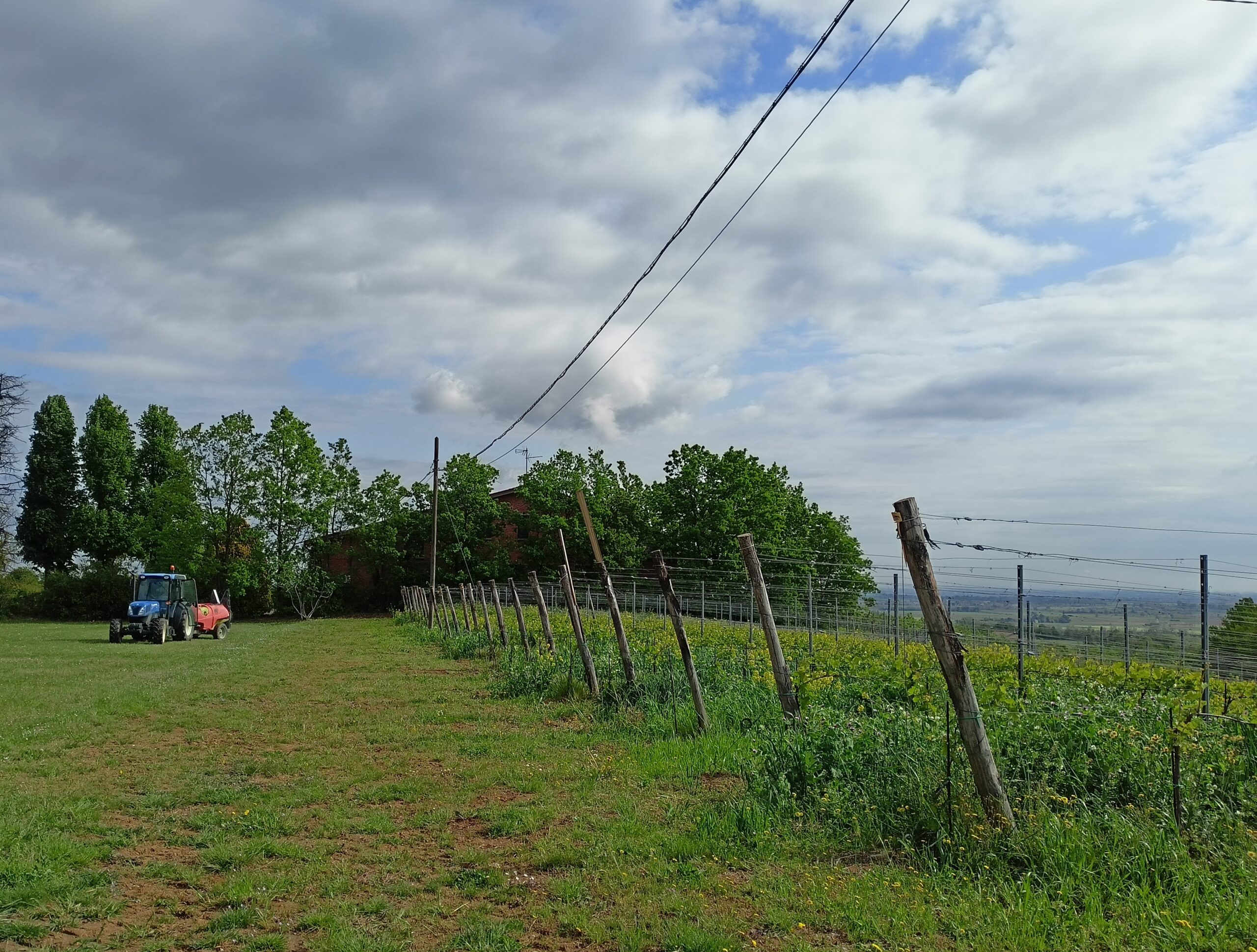

To minimize these risks of resistance breakdown, the vineyard should not be subjected to excessive inoculum pressure.
This requires managing the plots according to good agronomic practices, with appropriate prophylaxis against fungal diseases.
Additionally, at least two preventive fungicide treatments are required, generally around flowering stages, to control any virulent strains that may have emerged. These treatments must be adapted to the disease pressure of the vintage, following the recommendations of technical advisors. Additional treatments should be applied if conditions demand.